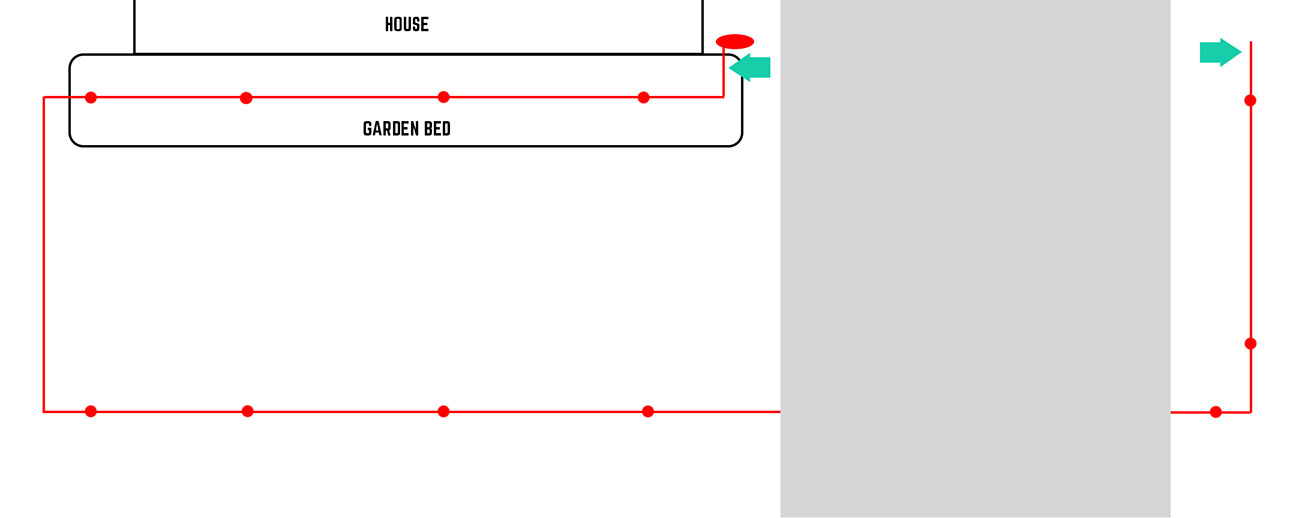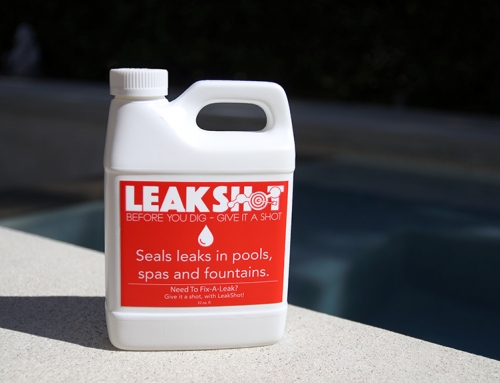A PipeFuze user in New Mexico shared his story with us of his leaking irrigation line.
I’m handy around my own home, I have tools and I can fix most of the minor issues on my property, I’ve lived in this house for more than 40 years. I came upon a situation where my irrigation line was losing pressure and the sprinklers weren’t pushing out the water like they normally would, so I was confident that somewhere in the line was a leak.
I read an article online a DIY blog with this title, “How to repair a leaking buried line,” so I opted to see how this DIY Homeowner advice columnist was going to tell me how to repair it. After I read it, I realized that there are NO homeowners who are going to do the things he wrote about. His article explains every reason why PipeFuze is the DIY Homeowners answer to fixing minor pipe leaks and stopping water loss.
The writer of the DIY article began by stating – “Assuming you’ve located the site of the leak.”
Well, I was confident it was in the irrigation line running through the front of my property, but I didn’t hire a professional to perform a leak detection because I’m going DIY here, not DI with a Leak Detection Company, so from that point in the article, by his advice, I was already stopped – article over. I had to keep reading.
The DIY Writer’s suggestion said that “because I already know where the precise location of the hole in the pipe is, I can just dig around the pipe, cut it out and replace that piece of the pipe.” Great! I don’t know where the precise location of the leak is, but I spent more than $1000 planting the garden beds, installing rows of Magnolias and Kangaroo Paws, laying down fresh planting soil and designing an artistic arrangement of stones and wood chips to create the perfect setting for the front of my house. Let’s get digging that up right away!
More good news, he suggested was that, “I can get a plumbing company to do a trench-less repair on my irrigation line.”
I was confident that was something I’d do on a sewer line, but proposing that it would be done on a 3/4 irrigation line that runs 75 feet through my garden bed at approximately $80-$100 per foot … who wrote this DIY article? So far, all his suggestions involve using someone other than “Yourself” to “Do It.” More good news for the homeowner: he offers a list of details to get the job done.
He states:
– Plan Ahead
– Reach out to your Town Hall for a list of building codes and potential violations
– Call 811 and have the city map your utility lines
– Prepare for the worst …. (so far, this is all pretty bad)
– Dig a large trench down the length of the pipe
– Repair the pipe.
OMG! This is a lot of planning ahead and it’s going to cause me to destroy my property with all this digging. Here’s a diagram of my situation, including the line that runs under my driveway. I’ll explain how I solved the problem using PipeFuze.

My irrigation line runs under the garden bed, around the yard, under the driveway and up along the side of the driveway. It’s a fairly easy line but it’s leaking! Here’s what I did.
At the irrigation control head, I unscrewed the line and attached the Pressure Rig. At the far end of the line, it was already plugged. I used 11 screw in stand pipes with caps on them to cap the lines where the sprinkler heads are, that cost me $9.89 cents at my local hardware store. I tested the pressure on the line like the PipeFuze videos showed, I was losing less than 5 lbs of pressure over the course of 30 seconds. I had actually lost less than 3 pounds over a minute. It’s a small leak, but none-the-less, it IS a leak and I want it stopped so my sprinkler heads work at full pressure.
I then set-up my pail and injection rig as instructed in the PipeFuze video and cycled through a full bottle of the Part-A solution for 2 hours. I then did another pressure test on the line and it was holding pressure. I’m a stickler for over-testing, I let the pressure hold for 15 minutes, still, I lost no pressure in the line. I then cycled the hardener, Part-B through the line for an hour.
When I took the stand pipes out and re-inserted the sprinkler heads, re-attached the pipe to the sprinkler control box and ran the system, it worked with full pressure and from what I’ve been able to tell, no leaks and no drop in pressure from the sprinkler heads.
Above all, I “Did It Myself” and didn’t have to destroy my yard or my garden to get at the pipes and stop the leaking. By the way, that was all last year. The pipes still aren’t leaking. PipeFuze works.





